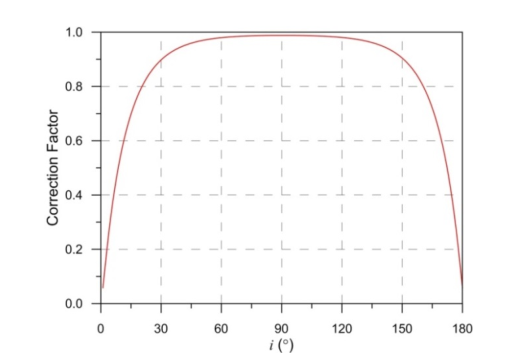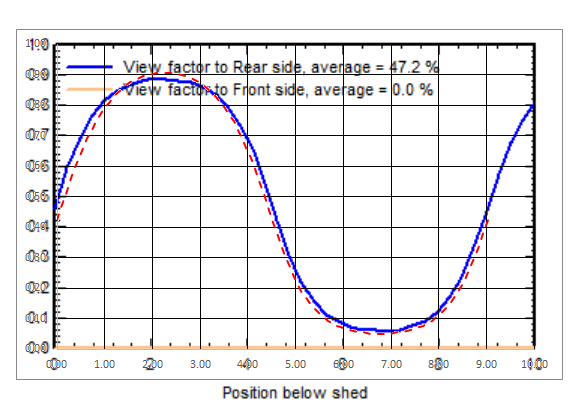Search the Community
Showing results for tags 'iam'.
-
Hello, We are working in a project where we plan to use a PV module whose data is not yet in the PVSyst database, and we are using a .PAN file provided by a third party (independent certified laboratory). There is a significant difference in generation when using the default IAM curve and the "User defined IAM profile", up to 3 percentage points. We have extensively read your post about “How to determine the IAM profile ?”, and we think the IAM profile provided has been created using outdoor measurements. Do you agree with this? Would you accept this IAM profile for a new module of the PVsyst database? Or would you consider the values differ too much? Attached to this post you can find a picture of the IAM profiles (both default, using Fresnel’s law, and "User defined IAM profile",). It’s in Spanish, sorry about that! Thank you very much for your answer!
-
Dear PVsyst Forum, I have encountered an issue with the Sandia IAM model implementation in PVsyst. I found the values for the six parameters of the Sandia IAM model in the help documentation and used them to calculate the IAM value. However, the result I obtained does not seem to match the expected outcome. I understand that the Sandia IAM model has been deprecated, but I am trying to compare the results from different IAM models, so I need to calculate the results using the Sandia IAM model. Could anyone explain why the calculations might not be giving the correct result? Are there any specific conditions or considerations I should be aware of when using these parameters in PVsyst? Thank you in advance for your help! Best regards, Zhang Chao
-
While importing the PV module PAN file and updating the IAM values in it, the default values are being applied instead of the user-defined ones. The user-defined values are only being applied when I manually select the user-defined profile. However, in earlier PAN files, the user-defined values were automatically applied from the PAN file. Please suggest why this is happening and what corrective measures can be taken to resolve this issue.
-
Hi, I've been comparing the rear irradiance model published by Marion et al. ("A Practical Irradiance Model for Bifacial PV Modules", 2017) to the PVsyst 2D bifacial model. There are some differences, such the fact that PVsyst doesn't include irradiance reflected from the front of a row to the rear of another row, and the fact that the Marion model considers 1-degree slices of surface (ground, sky, or module row) instead of discrete ground points when calculating view factor and IAM factors. One difference I'm trying to understand is the diffuse IAM correction factor as a function of ground point. Marion prescribes an IAM correction factor curve as a function of one degree surface slice, shown below. When using the values from this curve I obtain a view factor profile that is similar to, but noticeably different from, the profile shown in PVsyst. Below is a PVsyst view factor profile for a system with zero degree tilt, 0.5 GCR, and 1 m height (blue curve), overlaid with one calculated using the Marion correction factors from the curve above (red dashed line). The curves are similar but noticeably different. I was wondering how PVsyst is calculating the IAM correction factors that are used, as they appear to be different from what was derived from Marion et al.





